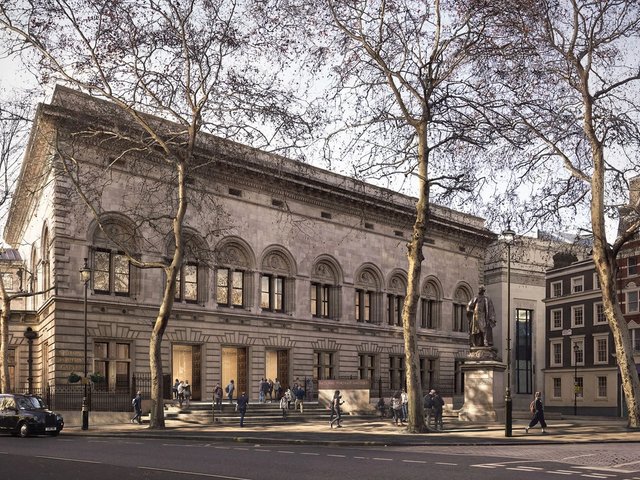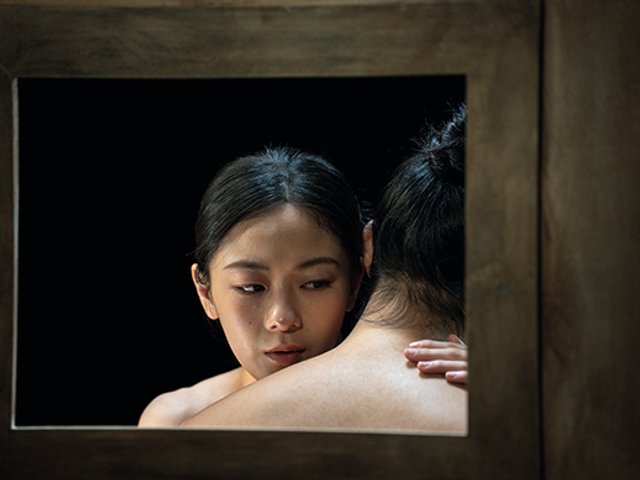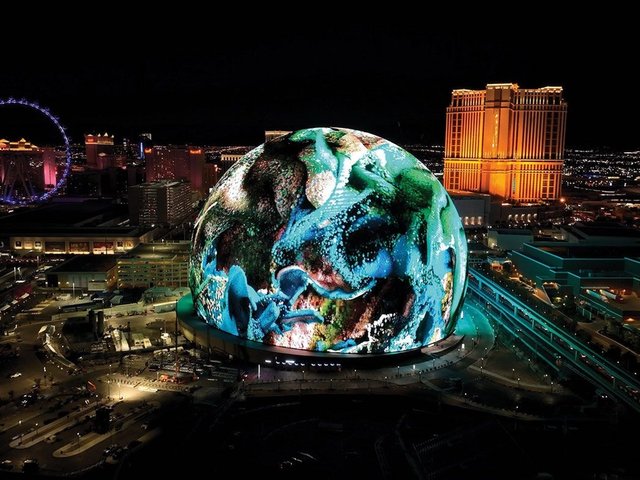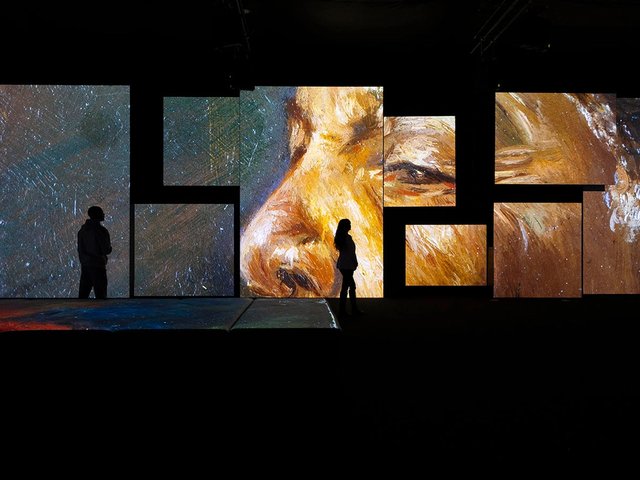The National Portrait Gallery (NPG), London, today announced a ground-breaking long-term partnership—National Portrait Gallery Unframed—with Frameless Creative, a leading London-based creator of immersive experiences.
The partnership’s first project is a touring immersive experience, Stories – Brought to Life, which opens in May 2025 at MediaCity, Salford, Greater Manchester. It will explore the lives of people, living and dead, who have shaped the UK’s history and culture by drawing on subjects from the NPG’s unequalled collection of portraits, which includes depictions of monarchs from Queen Elizabeth I to Queen Elizabeth II, artists from William Blake to Tracey Emin, and musicians from Georg Friedrich Handel to Liam Gallagher. The full line-up of featured narratives and the national and international locations for Stories will be announced in the new year.
Frameless and its production partner, the Bafta award-winning digital production studio Cinesite, are working with the museum’s curators to create an experience that, a launch announcement says, will be “designed to push the boundaries of storytelling” combining “the highest quality digital projection, Hollywood-style visual effects and the latest audio technology with music and creative narratives to tell the stories behind some of the gallery’s best-loved portraits”.
The announcement of National Portrait Gallery Unframed and what is the first large-scale touring immersive art experience inspired by the collection of a UK art institution, comes just under a year after The Art Newspaper identified the emergence of “immersive institutions” around the world—100-plus large spaces for immersive digital art. “Whether they turn out to be partners or competitors for museums and galleries, the immersive institutions,” the newspaper reported, “are a powerful emerging force. For many museums, it is a question of when, not if, they engage.”
Talking to The Art Newspaper in February 2024, András Szántó, the author of The Future of the Museum: 28 Dialogues, said that immersive institutions are “a classic case of external, potentially disruptive innovation. What it says about the challenges of the art museum in the 21st century is that it will have to compete for the public’s interest (and leisure spend) when it comes to visual experience.”
A new model for collaboration
The National Portrait Gallery Unframed project demonstrates a new model for collaboration between an immersive institution and a national museum to compete for that public interest. It also demonstrates how large-scale immersive experiences can tour beyond the specialised architecture that has been developed for immersive institutions such as Frameless and Outernet, both in central London; Sphere, Las Vegas; and teamLab, in Tokyo. It is additionally a fresh example of how travelling experiences can contribute to the requirement for UK national institutions to share their resources around the country.
After reopening in June 2023 following a three-year refurbishment programme, the National Portrait Gallery appointed Victoria Siddall its new director this autumn in succession to Nicholas Cullinan after the latter took over as director of the British Museum. Addressing the NPG’s engagement with the world of immersive institutions, Rosie Wilson, the gallery’s director of programmes, partnerships and collections, said: “The National Portrait Gallery aims to share our unique collection of portraits with as wide an audience as possible…. This exciting new partnership with Frameless, inspired by our collection, will enable us to take these stories outside of the gallery walls and bring them to life in innovative ways”.
Frameless, which was founded in London in 2022, has a permanent base at Marble Arch, central London, where at present it is showing four different artist experiences: Beyond Reality (with a focus on Surrealism); Colour in Motion (featuring the work of the Impressionists); The World Around Us (focusing on landscapes across the centuries); and The Art of Abstraction.
“We hope that by unleashing the power of digital storytelling we can help the [NPG] to bring art to a whole new audience,” Rich Storton, the touring general manager at Frameless said. “We’re living in a changing world and there is a real need for new experiences that help open up art and culture to new audiences and crucially help ensure that national institutions such as the National Portrait Gallery and their incredible collections continue to be accessible and have cultural significance for the next generation.”
Storton tells The Art Newspaper the experience on show at MediaCity’s main gallery will last 50 to 60 minutes and that attendees will then be able to explore a second chamber covering the background stories of the immersive experience’s constituent artworks.
The creative process, Storton says, bringing together creatives with different perspectives—curators and archivists around the table with tech specialists and producers—had proved especially valuable, creating an understanding that they could tell stories in different ways to different audiences.
Ten years after the rise of consumer virtual reality in 2014—following the purchase by Facebook (now Meta) of the VR headset maker Oculus—there is still much innovation going on with headset VR as much as large walk-in immersive experiences. National Portrait Gallery Unframed demonstrates, Storton says, how national institutions can ride that wave, too.






